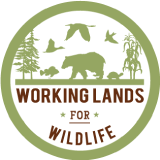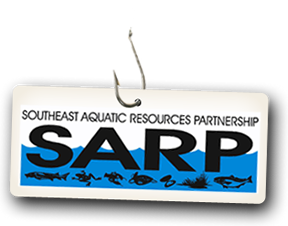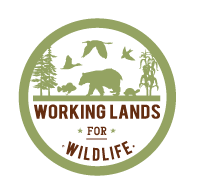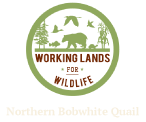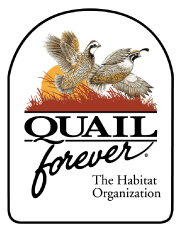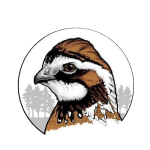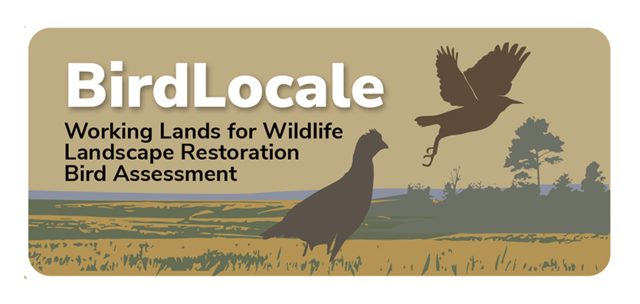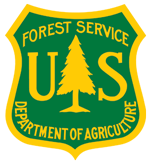-
 Effect of fine wood on juvenile brown trout behaviour in experimental stream channels
Effect of fine wood on juvenile brown trout behaviour in experimental stream channels
-
In-stream wood can increase shelter availability and prey abundance for stream-living fish such as brown trout, Salmo trutta, but the input of wood to streams has decreased in recent years due to harvesting of riparian vegetation. During the last decades, fine wood (FW) has been increasingly used for biofuel, and the input of FW to streams may therefore decrease. Although effects of in-stream FW have not been studied as extensively as those of large wood (LW), it is probably important as shelter for small-sized trout. In a laboratory stream experiment, we tested the behavioural response of young-of-the-year wild brown trout to three densities of FW, with trout tested alone and in groups of four. Video recordings were used to measure the proportion of time allocated to sheltering, cruising and foraging, as well as the number of aggressive interactions and prey attacks. Cruising activity increased with decreasing FW density and was higher in the four-fish groups than when fish were alone. Foraging decreased and time spent sheltering in FW increased with increasing FW density. Our study shows that juvenile trout activity is higher in higher fish densities and that trout response to FW is related to FW density and differs from the response to LW as reported by others.
Located in
Resources
/
Climate Science Documents
-
Evaluating the Ecological Performance of Compensatory Mitigation
-
The Association of State Wetland Managers (ASWM) is pleased to invite you to attend the next webinar in our popular Improving Wetland Restoration Success webinar series on “Evaluating the Ecological Performance of Compensatory Mitigation.”
Located in
News & Events
/
Events
-
Federal Programs Offer Opportunities for Wildlife, Forestry Improvements
-
For persons interested in performing active management on their property to establish or improve wetlands, riparian (streamside) areas, forest lands, or other upland habitats for wildlife and pollinators, now is the time to request a plan and apply for financial assistance if desired.
Located in
News & Events
-
 Global change and the groundwater management challenge
Global change and the groundwater management challenge
-
With rivers in critical regions already exploited to capacity throughout the world and ground- water overdraft as well as large-scale contamination occurring in many areas, we have entered an era in which multiple simultaneous stresses will drive water management. Increasingly, groundwater resources are taking a more prominent role in providing freshwater supplies. We discuss the competing fresh ground- water needs for human consumption, food production, energy, and the environment, as well as physical hazards, and conflicts due to transboundary overexploitation. During the past 50 years, groundwater man- agement modeling has focused on combining simulation with optimization methods to inspect important problems ranging from contaminant remediation to agricultural irrigation management. The compound challenges now faced by water planners require a new generation of aquifer management models that address the broad impacts of global change on aquifer storage and depletion trajectory management, land subsidence, groundwater-dependent ecosystems, seawater intrusion, anthropogenic and geogenic contamination, supply vulnerability, and long-term sustainability. The scope of research efforts is only beginning to address complex interactions using multiagent system models that are not readily formulated as optimization problems and that consider a suite of human behavioral responses.
Located in
Resources
/
Climate Science Documents
-
 Hudsonia
Hudsonia
-
Since 1981 Hudsonia has conducted environmental research, education, training and technical assistance to protect the natural heritage of the Hudson Valley and neighboring regions. A non-advocacy organization, Hudsonia serves as a neutral voice in the challenging process of land use decision making.
Our work includes education, basic and applied research on rare species and their habitats, wetlands and estuaries, and the study of invasive plants and other threats to biodiversity.
Located in
LP Members
/
Organizations Search
-
Improving Wetland Restoration Success Webinar Series
-
The Association of State Wetland Managers (ASWM) is pleased to invite you to attend the sixth presentation in our popular Improving Wetland Restoration Success webinar series.
Located in
News & Events
/
Events
-
Initiative Heals Rare Forest and Recovers Squirrel
-
Fortunately for the West Virginia northern flying squirrel and the Cheat Mountain salamander, the U.S. Fish and Wildlife Service is supported by a number of partners, through the Central Appalachian Spruce Restoration Initiative (CASRI), in efforts to protect and restore historic red spruce-northern hardwood ecosystems across the high elevation landscapes of central Appalachia. The CASRI is a partnership of diverse interests with a common goal of protecting the remaining red spruce stands and restore red spruce ecosystems where they have disappeared.
Located in
News & Events
-
National Wetlands Inventory
-
The National Wetlands Inventory Program has been producing wetland maps and geospatial wetland data for the United States since the mid-1970s. The focus of the program has been to map or prepare digital databases to deliver to the public, as well as project and report on national wetland trends using a probability-based sampling design.
Located in
Planning In Practice
/
Conservation Planning Projects
-
 NOAA Firebird Project
NOAA Firebird Project
-
The NOAA Firebird Project is focused on understanding how prescribed fire practices affect populations of black and yellow rails and mottled ducks in high marsh across the U.S. Gulf States, during the breeding and non-breeding seasons.
Located in
Resources
/
…
/
Projects
/
Prescribed Burn
-
NRCS, Landowners Improve Habitat for At-risk Species
-
Through voluntary conservation, American farmers, ranchers and forestland owners are restoring and protecting habitat for seven at-risk wildlife species.
Located in
News & Events

